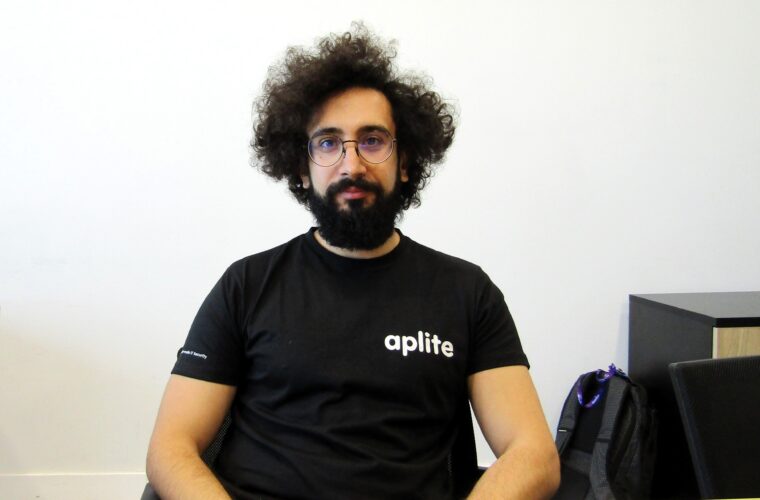DICOM, which stands for Digital Imaging and Communications in Medicine, serves as a standardized protocol for the handling and transfer of medical images and associated data, widely employed across numerous healthcare institutions.
Initially conceived by the National Electrical Manufacturers Association (NEMA) and the American College of Radiology (ACR), DICOM is a trademark owned by NEMA. Oversight and regulation of DICOM are carried out by the DICOM Standards Committee, a cooperative effort involving users from various medical imaging specialities dedicated to standardizing information in the field of medical imaging.
As advanced imaging technologies like CT scans become more prevalent and the integration of computing in clinical practices expands, the International Organization for Standardization notes that ACR and NEMA recognized the necessity for a standardized approach to facilitate the exchange of images and related information among diverse vendor devices. These devices generate a range of digital image formats.
The DICOM Standard serves as a continuously evolving framework for digital imaging management standards. It comprises a multipart document delineating the history, scope, objectives, and structure of the standard. This information is accessible online in diverse file formats and undergoes regular revisions and republishing.
At the present moment, there are 21 distinct sections encompassing a wide array of topics, including DICOM’s overview, definitions, data structures and encoding, media storage, media formats, security, and other crucial facets of DICOM’s standardization and protocols.
Currently, DICOM is globally employed for the storage, exchange, and transmission of medical images, facilitating the seamless integration of medical imaging devices produced by various manufacturers. Patient data and associated images are communicated and stored in a standardized format. The adoption of a standards-based approach is crucial, as it simplifies the sharing of data among diverse imaging devices; without such a framework, the challenge would lie in interpreting multiple image formats across different devices.



